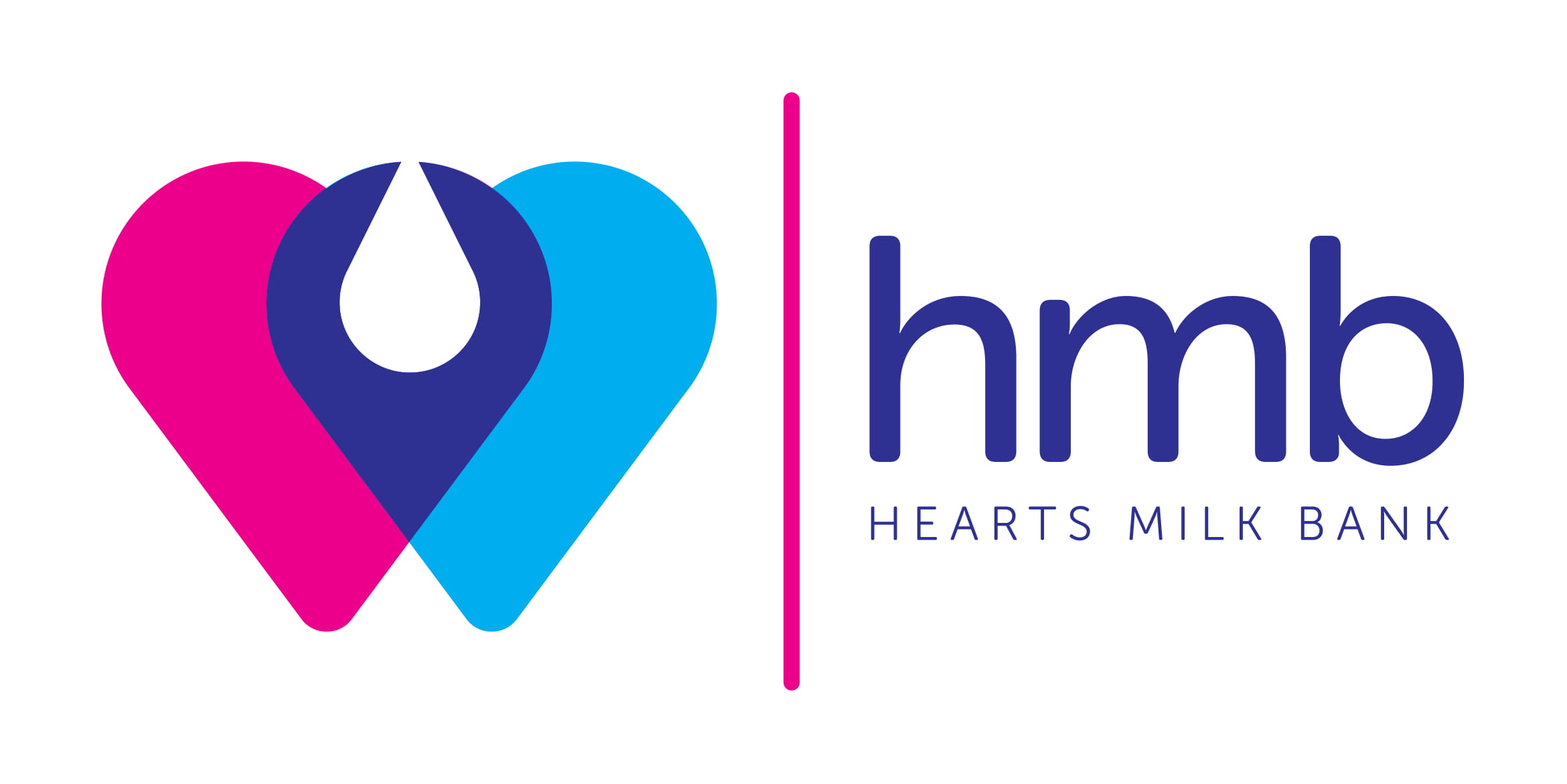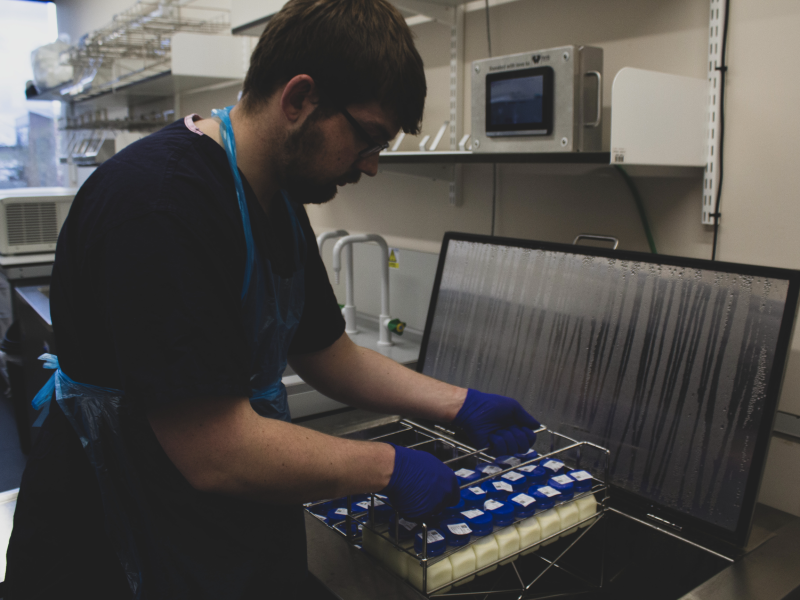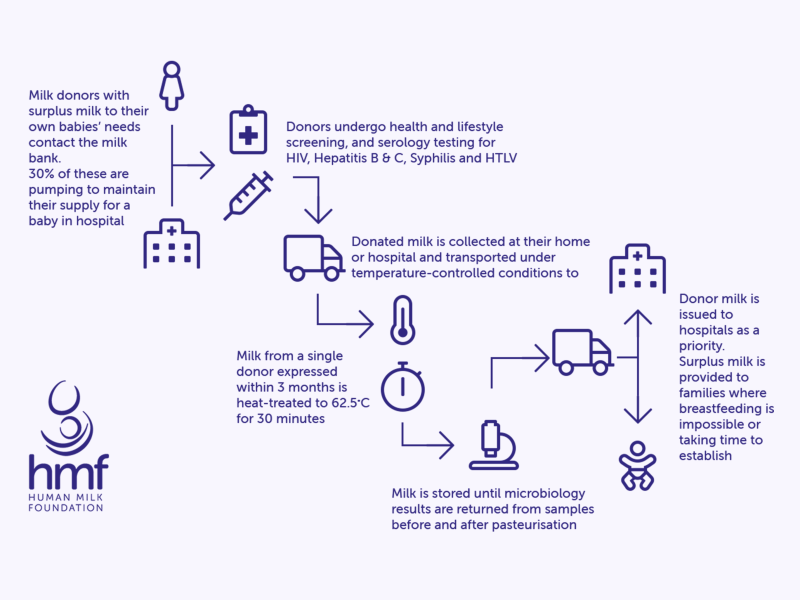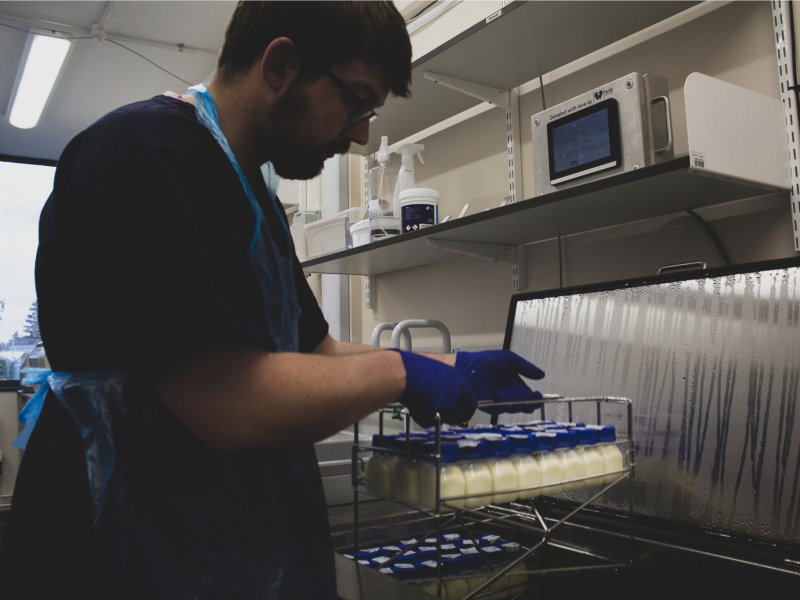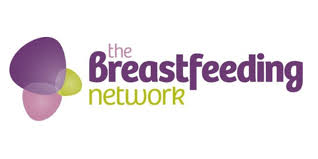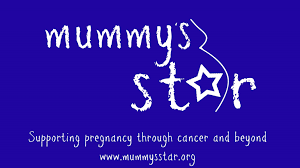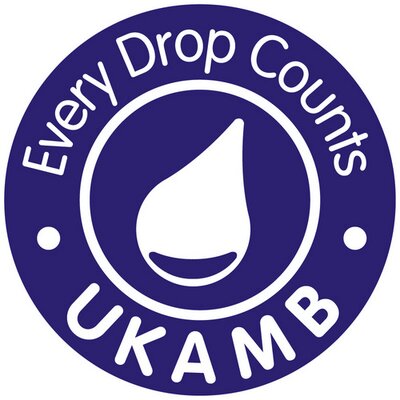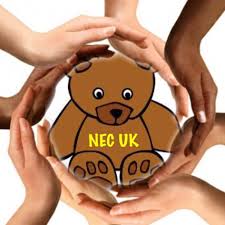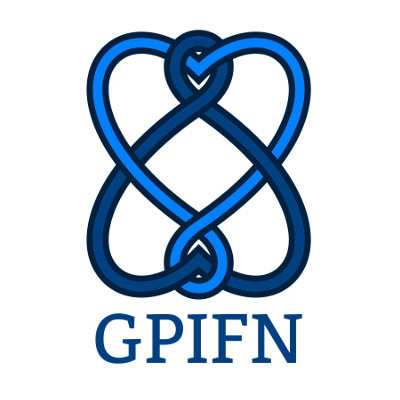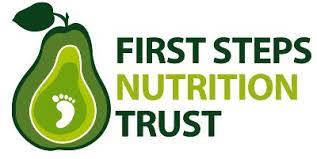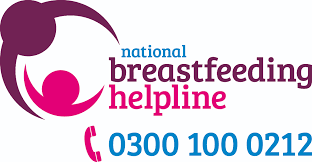Therefore, after consulting with our expert advisors, scientists, doctors and other milk bank leaders from around the world, we conclude women will be able to donate milk to the Hearts Milk Bank as normal after vaccination for COVID-19.
There may also be benefits to receiving milk donated after vaccination, with antibodies produced that could get into milk and therefore help protect vulnerable infants. Our team is actively carrying out research to understand more about this, and we will keep you posted.
COVID-19 vaccination and fertility, pregnancy and breastfeeding
If you are trying to conceive, pregnant or breastfeeding, or just have questions about any of these issues, then please watch this webinar from the 19th April 2021, hosted by Rt Hon Stella Creasy MP. HMF Cofounder and Imperial College Fellow Dr Natalie Shenker talks through the latest evidence to help breastfeeding women make the decision about vaccination.
It is the responsibility of the HMF Expert Advisory and leadership teams to stay fully up to date with regards to all of the latest scientific and medical developments related to milk donation, including vaccinations. They can then make sure that all of the safety considerations are thought through to ensure milk donations can continue in the best way possible, always considering the safety of donor and their baby, recipients, milk bank team and volunteers.

